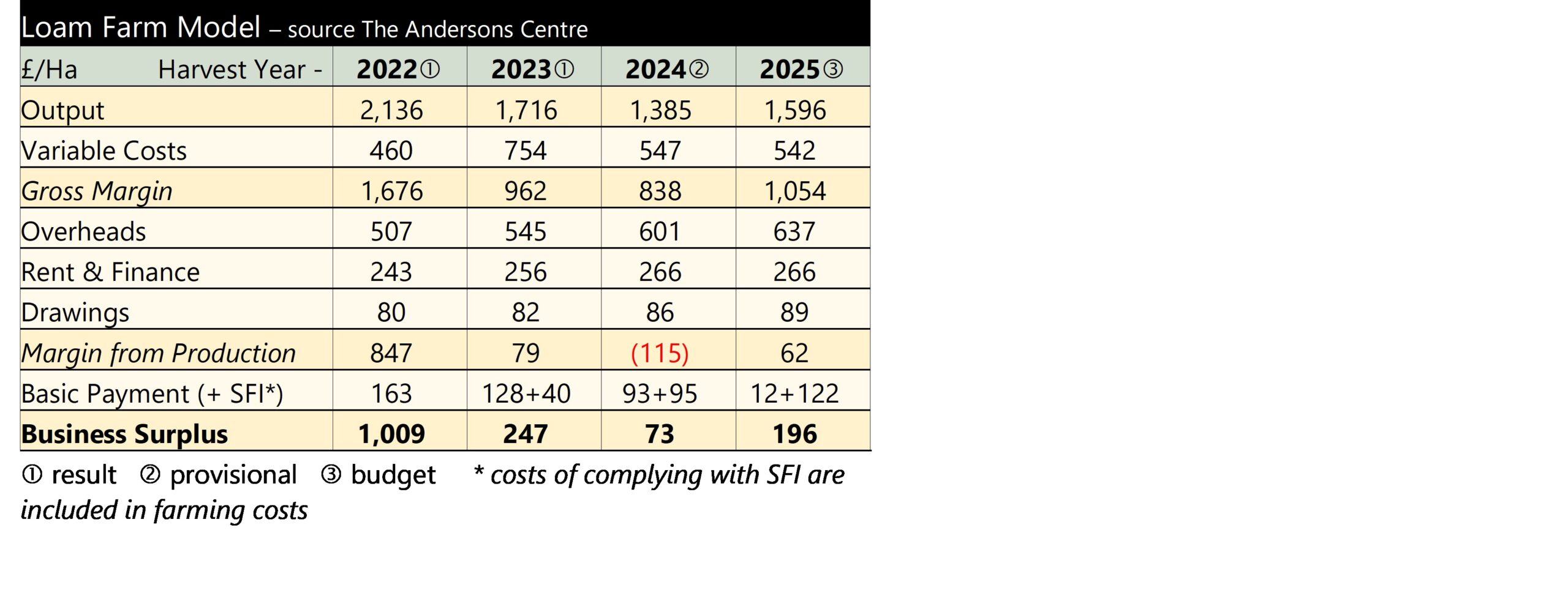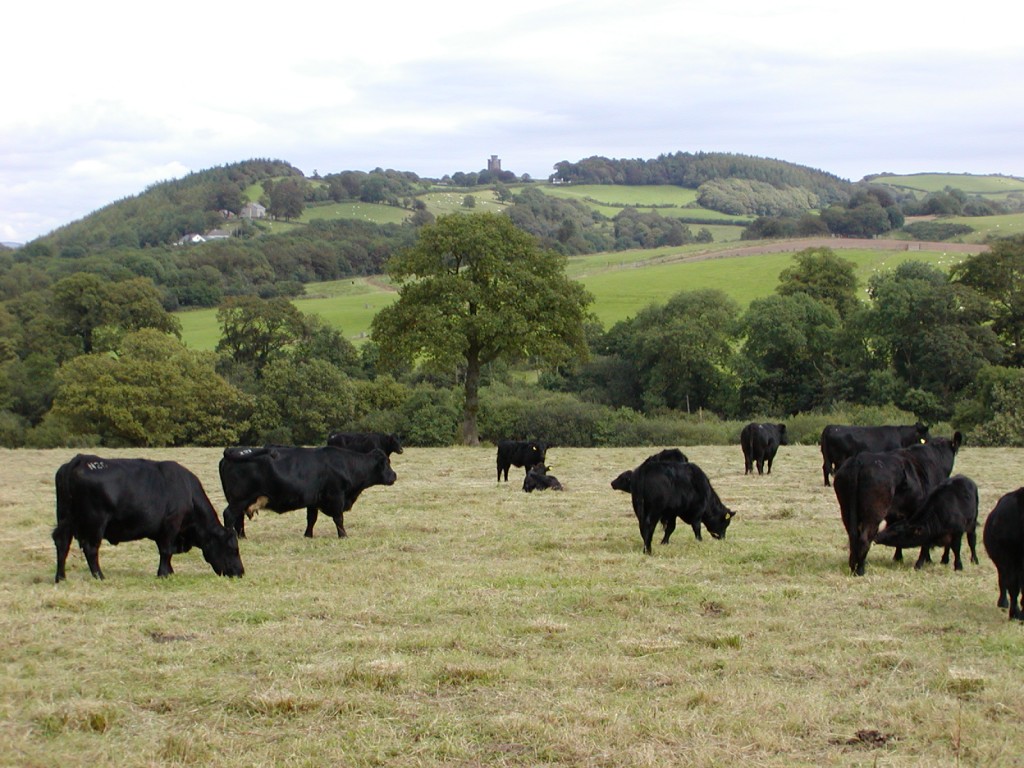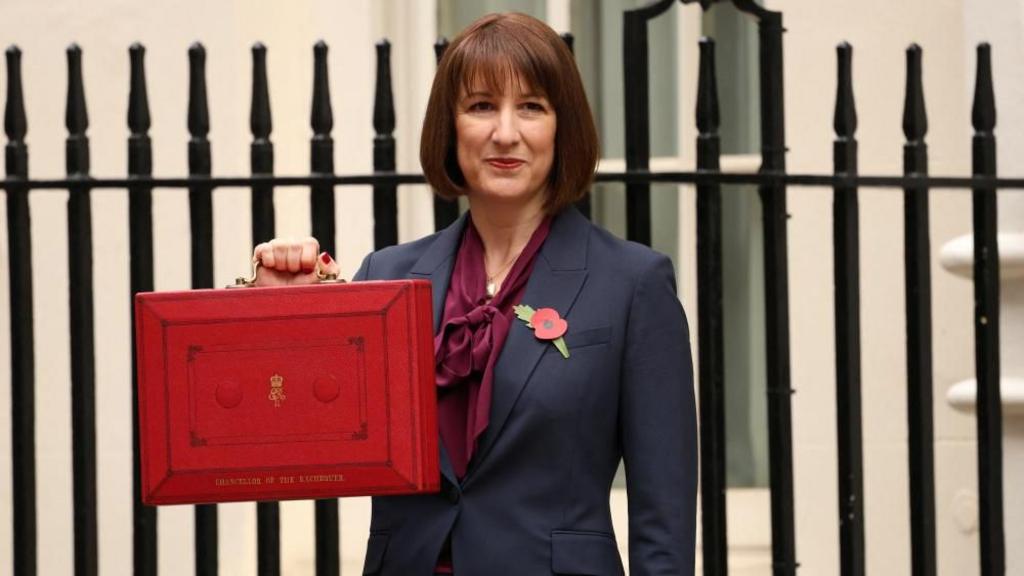The revised Countryside Stewardship Higher Tier (CSHT) offering will not be available until next summer. This news comes as part of a wider Defra announcement on the future of the scheme. CSHT was supposed to have been opening in autumn 2024 to allow claimants to ‘draw-up’ applications ready for an early 2025 start date.
General
Countryside Stewardship is the second ‘tier’ of the Environmental Land Management (ELM) programme. It provides payments for land managers who wish to do more intensive environmental work than under the SFI. With the expanded SFI 2024 effectively taking over almost all previous CS Mid Tier options, the CS is now Higher Tier only. It is focused on the most environmentally significant sites (such as SSSIs) and woodlands which require more long-term and complex management.
The new CSHT offer includes 132 actions and 145 capital items (including 25 new options), plus a further 6 capital items to fund the preparation of plans that may be required to support an application (see below). Defra is trying to improve the offer to encourage more people to apply with the aim of 1,200 new High Tier agreements by March 2026.
The details of all the actions, supplements and capital items, including payment rates can be found via https://www.gov.uk/government/publications/countryside-stewardship-higher-tier-get-ready-to-apply . Note this is only ‘preview’ guidance; it sets out what can be done now to prepare and the funding available, the full guidance will be published before applications open in ‘summer 2025’.
Controlled Roll-Out
Similar to the SFI, CSHT will be rolled-out ‘gradually’. The first applications will be by invitation only, these businesses will be contacted by RPA from 6th January 2025. Natural England (NE) and the Forestry Commission (FC) will identify who is invited initially. This will include;
- those with an existing CSHT agreement that expires at the end of 2025
- those with an approved woodland management plan already in place
- those who want to apply for an agri-environment agreement and have an approved plan in place so are ready to develop an application.
‘Invitations’ will be sent out monthly, to those in the above criteria, to receive ‘pre-application’ advice. Those that do not fall within the criteria above will be able to contact RPA to let them know they are interested in applying. More details on this process will be available in February and RPA has asked that customers do not contact them until then (!).
Applications will be made online via Rural Payments. However, whilst those that will be invited can start to prepare their application from January, it will not be possible to submit an application until ‘summer’ 2025. Once an agreement has been offered and accepted, the first payment will be made 4 months after and then quarterly thereafter. CSHT agreements will last for 5, 10, 15 or 20 years, depending on the length of the longest action in the agreement. Once fully opened, RPA will introduce rolling applications, so it will be possible to apply all year round with monthly start dates. From summer 2025 applications will open up to a wider range of customers who will be ‘identified and invited’ to prepare an application – further information on this will be provided at a later date.
Defra is also making more ‘tools’ available to applicants for planning their proposals. These include Implementation Plans, Woodland Management Plans, Agroforestry Plans, Species Rich Management Plans and Feasibility Studies with the aim of reducing the need for intensive pre-application advice from ‘arm’s length bodies’ cutting down on lengthy negotiations. Furthermore, advice will focus on the actions available under CSHT where previously advice from NE and FC covered the entire holding.
If you found this article useful, there are numerous additional articles published each month on our Professional Update bulletin service. You can access a no obligation 90-day free trial via the link below.
Sign up to the Professional Update




 The farm is completing its grain sales from harvest 2024. It has less to sell than average due to reduced yields – a result of the wet weather through the autumn of 2023 and spring of 2024. Coupled with unexciting prices this means the output of the farm is reduced – some 35% on the 2022 harvest year – although it must be noted that this was an unusually good year. Although variable costs have fallen, overheads have climbed. This has resulted in a loss from production. This year’s residual Basic Payment and the SFI the farm has entered offset this shortfall, but there is a low level of overall farm profitability.
The farm is completing its grain sales from harvest 2024. It has less to sell than average due to reduced yields – a result of the wet weather through the autumn of 2023 and spring of 2024. Coupled with unexciting prices this means the output of the farm is reduced – some 35% on the 2022 harvest year – although it must be noted that this was an unusually good year. Although variable costs have fallen, overheads have climbed. This has resulted in a loss from production. This year’s residual Basic Payment and the SFI the farm has entered offset this shortfall, but there is a low level of overall farm profitability.



 Headline points from the speech include;
Headline points from the speech include;






















